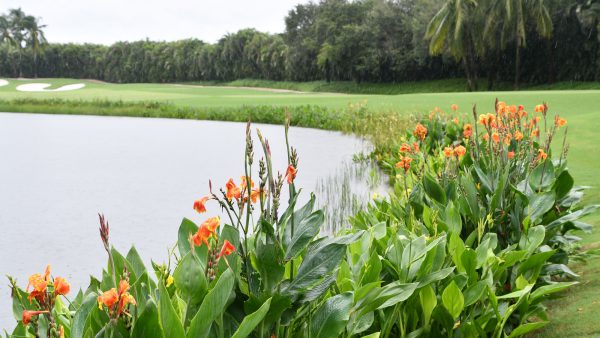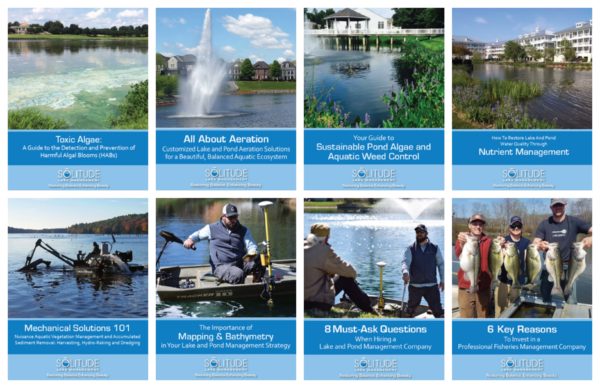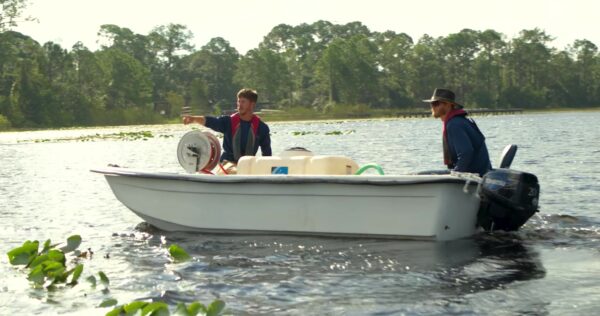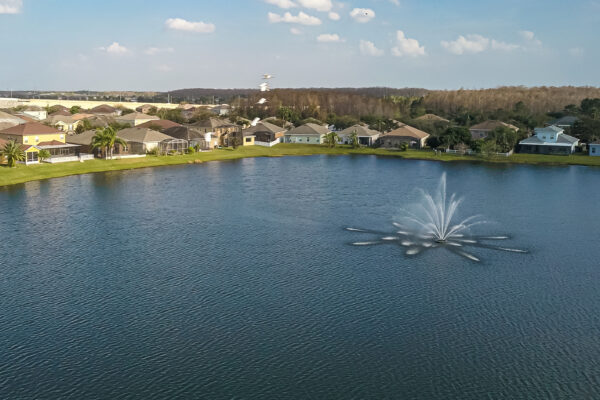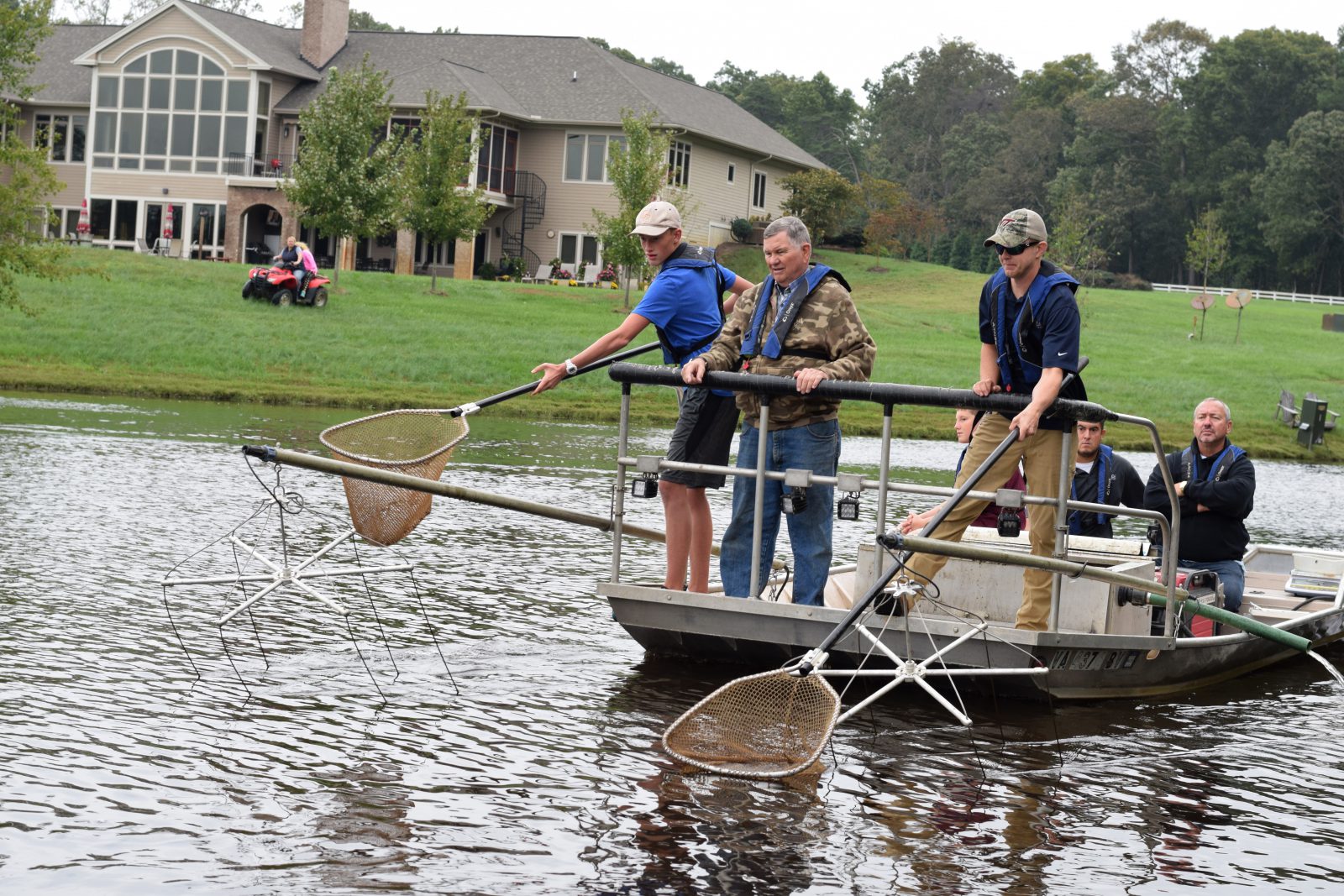
Growing Trophy Fish In A One-Acre Pond
AS SEEN IN POND BOSS MAGAZINE,
By Dave Beasley, Fisheries Biologist and Director of Fisheries Management
Several years ago, a landowner in Virginia reached out with the desire to transform their one-acre pond into a high catch rate trophy Largemouth Bass fishery. At first thought, it seemed unlikely to succeed. Typically, a productive acre of water fosters a fast-growing population of 15-20 bass. At least five times more bass would be needed to achieve this goal.
After some data collection, consideration, and alignment, coupled with a little out-of-the-box thinking, a management strategy was drafted to make the dream a reality. To succeed, it would look like a normal backyard pond from above, but under the surface, would be akin to a Bass Pro Shop aquarium.
Creating A Plan of Action to Grow Largemouth Bass
First and foremost, great water quality would be essential to pull this off. Fortunately, the water testing results indicated there was a solid foundation. Alkalinity was naturally 84 parts per million (ppm) and both phosphorus and nitrogen levels were naturally low. The spring-fed pond has an incredible 30-40 gallon per minute well that can run 24 hours a day, even during times of drought. That’s nearly 60,000 gallons of extra water available daily to flush through the system, allowing for a full water change monthly if needed. The water remains relatively clear year-round, with 48 inches of visibility. We were going to implement an aggressive fish growth strategy that would push the good water quality to its limits.
Starting with no fish in the system, the pond was stocked with 1,100 pounds of forage fish, including Golden Shiners, Bluegill, Redear Sunfish, and Specklebelly Sunfish. One hundred female Largemouth Bass were also stocked, consisting of both F1 and Northern strain. Unfortunately, the latitude and elevation do not allow for Florida strain largemouth to live through the occasional cold winter. Each bass was PIT tagged, allowing growth to be tracked, and poor performers to be harvested, if necessary. The benefit to an all-female bass population is that they can reach double the size of males, and without males to reproduce with, they do not overpopulate.
As fish biomass increases, water quality can deteriorate and put stress on the fish, resulting in weakened immune systems, slower growth, less aggression, and as a result, bass that are harder to catch. For the average productive fishery in the south, 1,000 pounds of fish per acre at any given time during the growing season is a relatively robust biomass of fish. To accomplish this landowner’s goals, the biomass of fish would need to range between 1,000 and 2,000 pounds throughout the year, but this can elevate the risk of water quality deterioration.
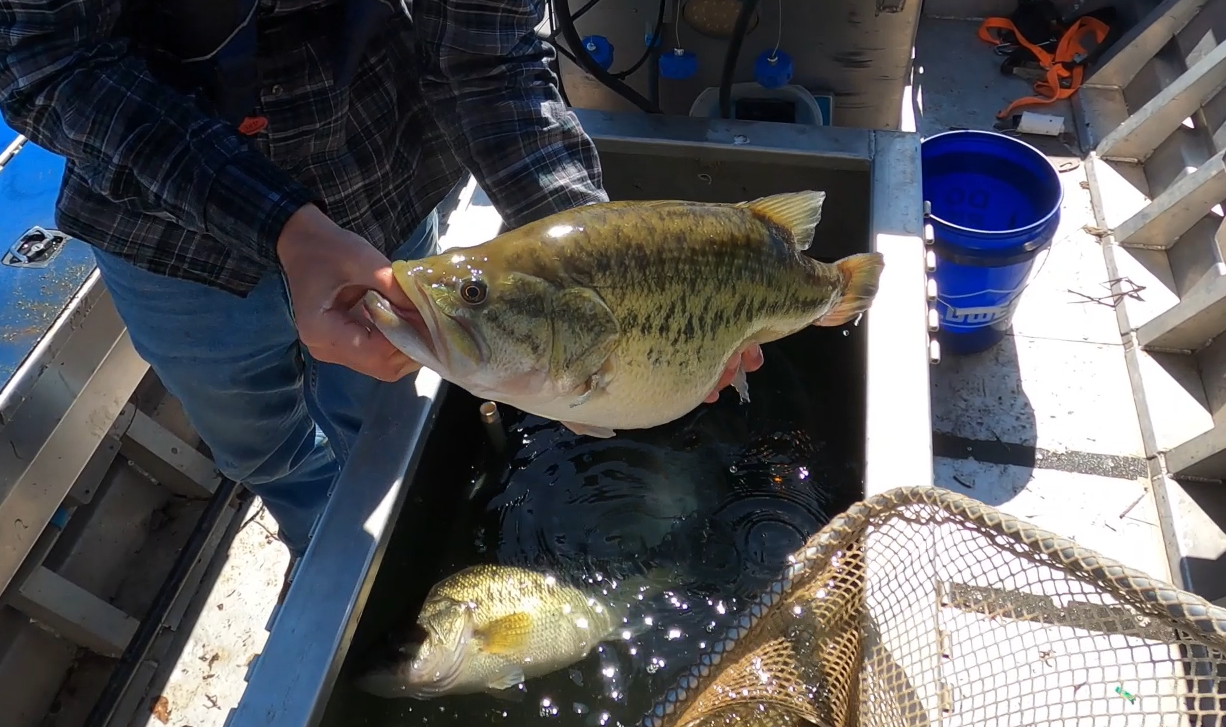
Creating A Healthy Habitat for Fish Growth
To help stay ahead of poor water quality, a volcano aerator was installed to keep surface dissolved oxygen (DO) levels near saturation. A bottom-diffused aerator was also installed to sufficiently mix the water column, transferring the oxygen-rich surface water throughout the entire waterbody. This dual combination allows the pond to safely support a much larger biomass of fish than it could naturally.
When getting started, the pond’s fish cover was poor – void of wood, rock, and vegetation, as well as lacking notable contour changes or substrate types. The waterbody was shallow with a typical clay bottom and had little character, providing a blank canvas to make improvements.
The cover we selected consisted of large oak logs ranging from 12-36 inches in diameter, as well as pea gravel and 8-12 inch gabion stone. The logs and rock were added to the waterbody using an excavator and work barge. The goal was to congregate bass, allowing them to feed efficiently and improve angler catch rates.
Dense cover for forage fish refuge was left out of the management strategy by design. All water available for fish biomass is maxed out between the adult bass, and the adult forage those bass require. Growing small forage into large forage is not feasible given the limited water. Thus, two-year-old forage needed to be stocked. Eliminating dense cover from the plan allowed for more large cover, providing the bass with additional areas to spread out and make full use of the entire waterbody.
This large, relatively snag-free cover teamed with 48 inches of clarity provides a sound foundation for good angler catch rates. Coupled with a trophy predator population 4-6 times higher than normal, this fishery has the ability to provide a truly exceptional fishing experience. This is especially true during those spring and fall days when catch rates are naturally elevated. Although the number of bass present is higher than normal, it is still vulnerable to being overfished, and special attention needs to be paid to avoid this.
In the spring of 2023, the bass ranged between 17 and 22 inches long, averaging 6.7 pounds with top performers thus far weighing 9.25 pounds. Their relative weights (Wr) averaged 145, and maxed out at 165. These bass are incredibly thick with muscle along their backs. The best performers are easily five inches wide and eight inches tall, sporting a stout appearance that looks similar to a bus as they try to evade the electrofishing boat.
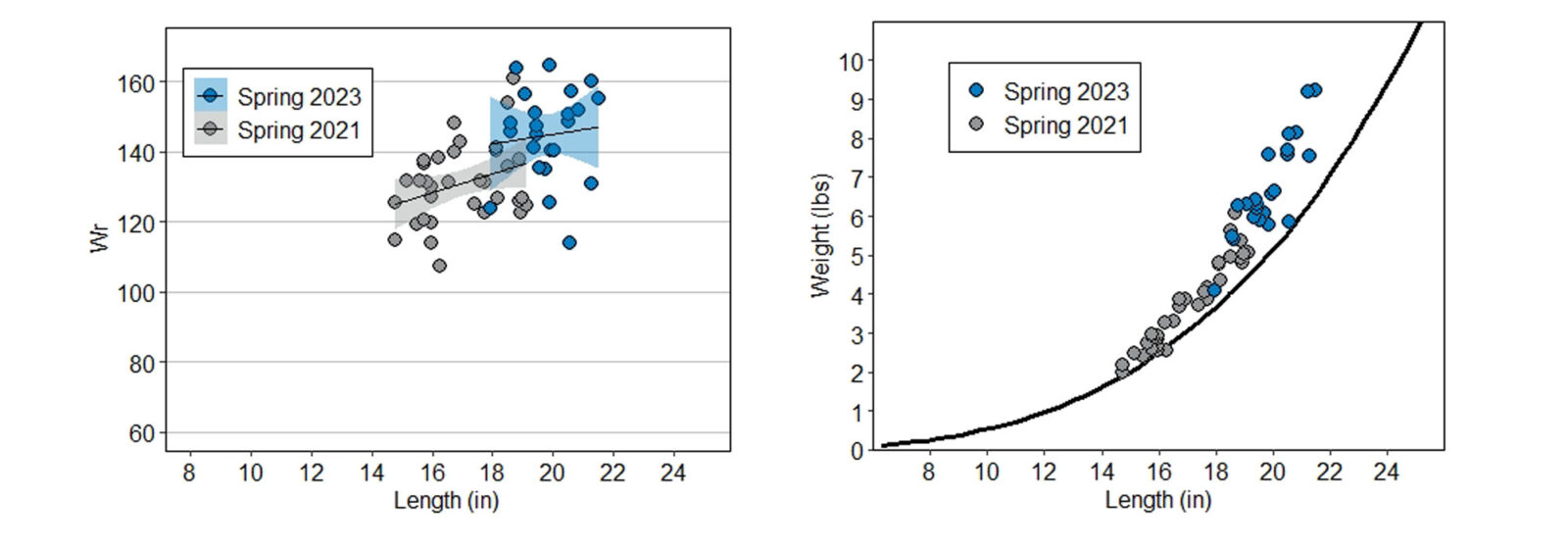
The bass are trending well and should start surpassing the ten-pound mark in the spring of 2024. In addition to the bass, the Specklebelly Sunfish are doing great. The top performer thus far has tipped the scales at 2.25 pounds, and many that exceed 1.8 pounds are caught when electrofishing. These sunfish add a fun dimension to the fishery. Even when not targeting these guys, you may randomly catch one when bass fishing. It’s always great to see them getting in on the action.
Over time, the species of stocked forage has varied, but a steady diet of Golden Shiners is common. Other forage species include Bluegill, Rainbow Trout, and Goldfish. As the bass reach larger sizes, bigger bait is stocked. A fish feeder is used to help support the forage fish living in the pond. Although the feeder does not grow a great deal of forage, it does help them maintain weight as they do their best to avoid predation.
We have learned a great deal about growing bass thanks to managing systems like this one. One lesson this system helped us confirm is that the industry standard “10 pounds of bait grows one pound of bass” is not applicable to larger bass. When looking into this data point further, we found it to be true for small bass. Our young bass had conversion rates better than 10:1, but as these bass grew beyond a couple of pounds, we found that more forage was needed to gain weight. Although our sample size is small, our forage conversion rates shifted above 15:1 and, in some cases, above 20:1 as the bass grew larger. As a result of our findings, the original projections and models in relation to the amount of necessary forage were inaccurate. Over time, we made adjustments to our annual forage stocking regiment, starting with 2,200 pounds, then, 2,600, and now, 3,000. To summarize, for every mature bass present, I prefer at least 40 pounds of forage available annually. This provides an opportunity for bass to grow well while also accounting for the loss of some forage to other wildlife.
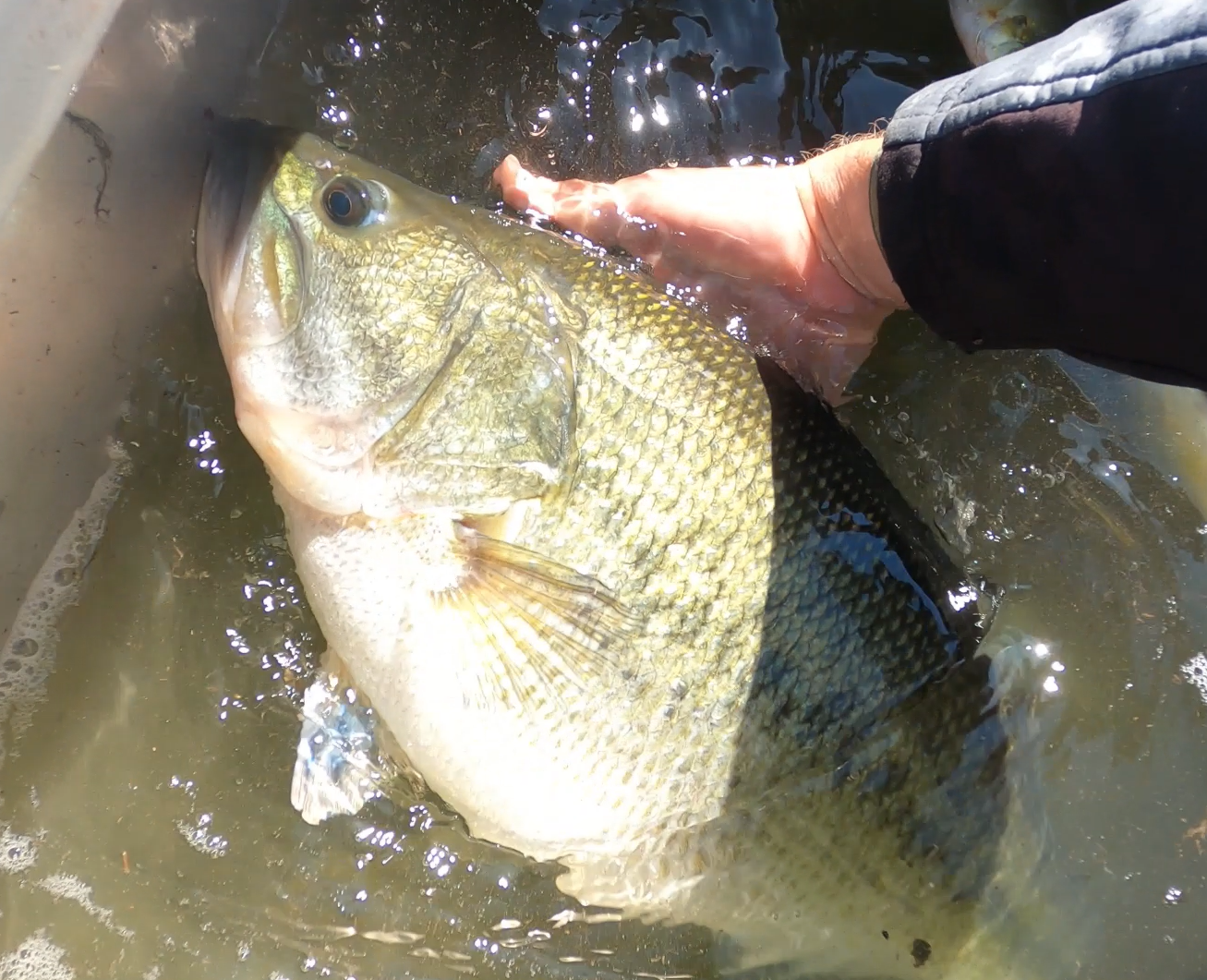
Lessons Learned with Trophy Fisheries
Another lesson learned over the years was that bass Wr does not tell the entire story, meaning that lower Wr does not necessarily indicate the bass are less likely to reach trophy sizes. For example, when stocking young bass into this pond, they quickly grew to 16-18 inches. When electrofishing, we would find some bass with great Wr’s (130-140) while finding others that are good, but not great (110-120). Although the bass with lower Wrs did not look bad, they appeared notably inferior to the other bass in the livewell. Upon further examination, tag data confirmed that some of these mid-sized bass with higher Wrs were older bass that were simply failing to grow longer. If you want ten-pounders, stunted length is a bad characteristic for bass. Big bass require a big frame. Bass that fail to develop one need to be removed from this waterbody and replaced with young female bass that have great genetic potential relative to the limitations of the local cool climate.
Management adjustments are made as necessary to ensure the fishery has the best odds of reaching its goals. Hard work and foresight are paying off, and what once seemed unlikely is now within reach. Current momentum alone should provide another five years of great results and incredible fishing. As young generations of genetically superior bass are introduced to this waterbody moving forward, fishing is likely to improve each year over the next decade, providing anglers with a truly unique, high-energy fishing experience.
SOLitude Lake Management is a nationwide environmental firm committed to providing sustainable solutions that improve water quality, enhance beauty and preserve natural resources.
SOLitude’s team of aquatic scientists specializes in the development and execution of customized lake, stormwater pond, wetland and fisheries management programs. Services include water quality testing and restoration, algae and aquatic weed control, installation and maintenance of fountains and aeration systems, shoreline erosion control, muck and sediment removal and invasive species management. SOLitude partners with homeowners associations, golf courses, private landowners, businesses and municipalities. SOLitude Lake Management is part of Rentokil, a leading business services company, operating across the United States, Canada and Puerto Rico.
For more information, visit SOLitude Lake Management at solitudelakemanagement.com, and connect on Facebook, LinkedIn and Twitter.

